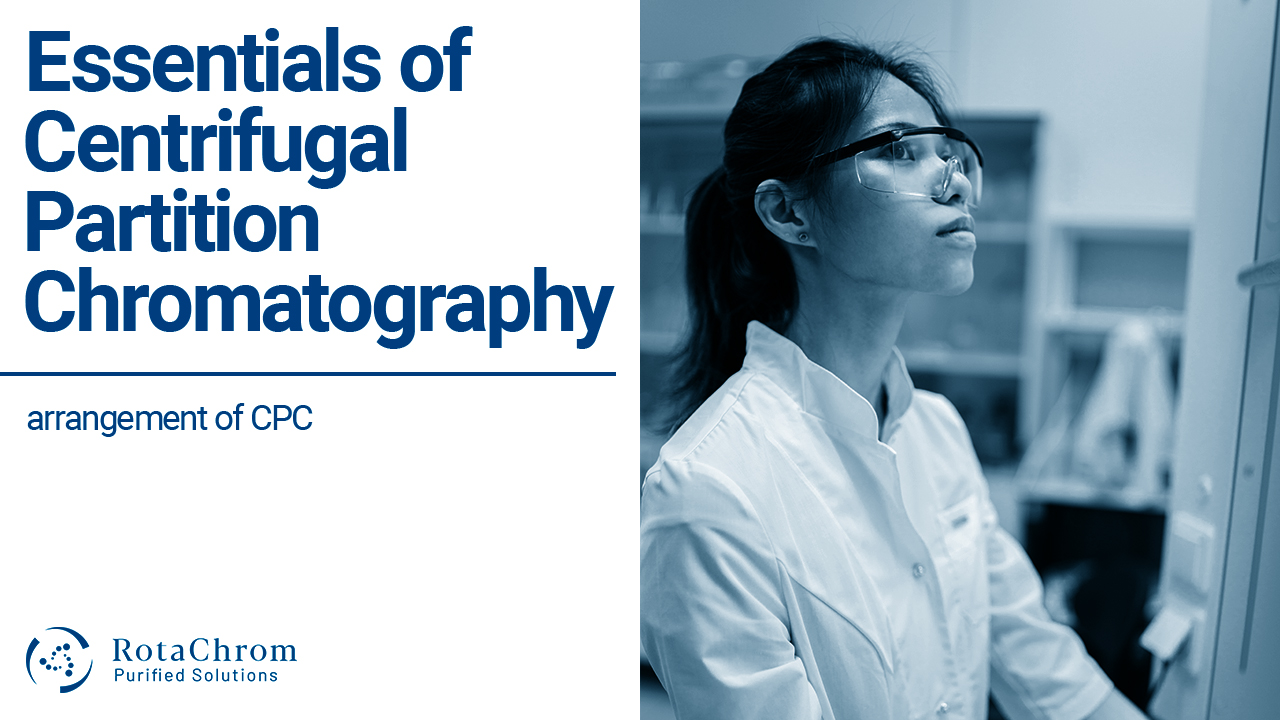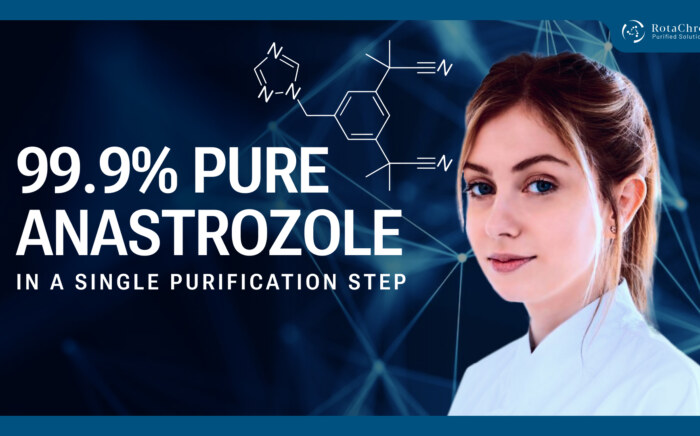Increasing separation efficiency by pH adjustment in Centrifugal Partition Chromatography
NewsIn our previous blog series, ‘An Introduction to Chromatography’, we examined the essential, core aspects of chromatography. In ‘Advanced Chromatography’ we focus on Centrifugal Partition Chromatography (CPC) and look at the different aspects which make CPC an intriguing technique.
Quick recap of essential CPC chromatography knowledge
Centrifugal Partition Chromatography:
- conforms to traditional chromatographic rules
- is a liquid-liquid preparative chromatographic technique
- has its separation take place between two immiscible liquid solvent systems
- sees these liquid phases acting as the stationary and mobile phases.
How CPC chromatography Works
An essential feature of CPC is that the solute’s retention depends simply on the liquid-liquid partition coefficient (Kd). The partition coefficient or distribution coefficient is the relative affinity of the solute for the stationary phase. Basically, it is the ratio of the solute concentration in the stationary phase over the solute concentration in the mobile phase.
Separation of the injected sample is based on the sample component’s varying partition coefficients between the mobile and stationary phases. Partition coefficient (Kd) is the equilibrium constant for the distribution of a compound in a two-phase system. For a specific Compound of Interest (CoI), the Partition Coefficient is equal to the ratio of its concentration in the stationary phase to its concentration in the mobile phase.
This indicates that the Kd value determines the amount of time each compound spends in the mobile and stationary phases. Consequently, it also imposes the rate at which each compound journeys across the system.
Arrangement of CPC: What Happens Inside
In CPC, traditional chromatographic columns are switched to cells. These cells (columns) are interconnected in series by ducts attached to a large rotor filled with the liquid stationary phase. The liquid contained in this series of cells can then be immobilized inside the rotor by a strong centrifugal force. The other half of the two-phase CPC system is utilized as the mobile phase containing the sample to be purified. It is introduced into the rotor under pressure and pumped through the stationary phase in the form of tiny droplets.
A valve controls the flow of the liquid in two directions, and so the CPC system can be operated in either ascending mode or descending mode.
The success or quality of any given separation is shown by the so-called resolution factor (Rs).
- If the Rs value is 1.5, it means that two adjacent peaks are separated with a baseline return, which is desirable.
- If the Rs value is lower than 1.5, it means that there is some peak overlap, which is not a completely pure separation.
- Resolution factors higher than 1.5 mean that there is space between the two peaks, which is the “holy grail of separation”.
A key difference between preparative HPLC and CPC is the column – or rather the lack of a traditional column in CPC. However, it is also important to mention that CPC and HPLC do not work in the same way.
The stationary phase in HPLC is an organic moiety bonded to a solid silica support and solvated mainly by the organic solvent of the aqueous organic mobile phase. In a CPC system, silica gel is not necessary for functioning. It is replaced with a strong gravitational force.
The difference in stationary phase volume between HPLC and CPC explains why the two techniques do not need the same number of plates to operate efficiently.
Next steps
In our next article, we are going to examine the two operating modes of a CPC chromatography platform: the ascending and descending modes.



